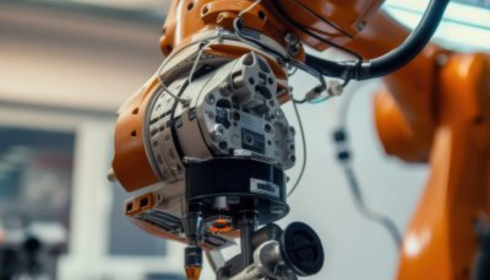In the rapidly evolving world of technology, servo motor and ultrasonic sensors have become integral components in automation, robotics, and industrial applications. These devices enable precise control, enhanced safety, and efficient performance, making them indispensable in both commercial and personal projects. Understanding their functions, applications, and benefits can help engineers, hobbyists, and businesses optimize their systems for superior results.
What is a Servo Motor?
A servo motor is an electromechanical device that provides precise control of angular or linear position, velocity, and acceleration. Unlike regular motors, servo motors are equipped with a feedback system, typically a potentiometer or encoder, that ensures accurate positioning. This makes them ideal for applications requiring exact movements such as robotics arms, CNC machines, and automated assembly lines.
Servo motors are categorized into three main types: AC servo motors, DC servo motors, and brushless servo motors. Each type has unique characteristics suitable for specific tasks. DC servo motors, for instance, are known for their fast response and ease of control, while AC servo motors excel in high-torque and high-precision industrial applications. Brushless servo motors, on the other hand, offer longer lifespan and minimal maintenance due to the absence of brushes.
Understanding Ultrasonic Sensors
ultrasonic sensors are devices that measure distance or detect objects using ultrasonic sound waves. They emit high-frequency sound waves and calculate the time it takes for the echo to return after hitting an object. This technology allows for precise measurement of distances, object detection, and level sensing in various environments.
These sensors are widely used in automotive applications for parking assistance, collision avoidance, and obstacle detection. In industrial settings, ultrasonic sensors help in liquid level measurement, conveyor system monitoring, and robotics navigation. Their ability to function in harsh conditions, including dust, smoke, and low visibility, makes them highly reliable for both indoor and outdoor applications.
Applications of Servo Motors and Ultrasonic Sensors
When combined, servo motor and ultrasonic sensors enable innovative solutions in robotics and automation. For example, robotic arms equipped with servo motors can perform delicate tasks such as assembling electronic components or picking and placing items on a production line. By integrating ultrasonic sensors, these robots can avoid collisions, detect object positions accurately, and adapt to dynamic environments.
In autonomous vehicles, ultrasonic sensors play a crucial role in detecting nearby obstacles, while servo motors control steering mechanisms, enabling precise navigation. Similarly, in home automation, these technologies contribute to smart doors, automated blinds, and robotic vacuum cleaners, offering convenience and efficiency to everyday life.
Advantages of Using Servo Motors and Ultrasonic Sensors
- Precision and Accuracy: Servo motors provide controlled motion with high accuracy, and ultrasonic sensors deliver precise distance measurements. This combination ensures reliable operation in critical applications.
- Durability and Reliability: Both devices are designed to withstand demanding environments. Servo motors are engineered for long-term performance, while ultrasonic sensors operate effectively under various environmental conditions.
- Versatility: From industrial robotics to home automation and educational projects, these components are highly versatile and compatible with modern microcontrollers and automation systems.
- Safety: Ultrasonic sensors enhance safety by detecting obstacles and preventing collisions, while servo motors enable controlled and predictable movements in mechanical systems.
Conclusion
Servo motors and ultrasonic sensors have transformed the landscape of automation and robotics. Their precision, reliability, and versatility make them essential for industries seeking efficiency, safety, and innovation. Whether it is for advanced robotics, smart home solutions, or industrial automation, integrating these components can significantly improve performance and functionality.

